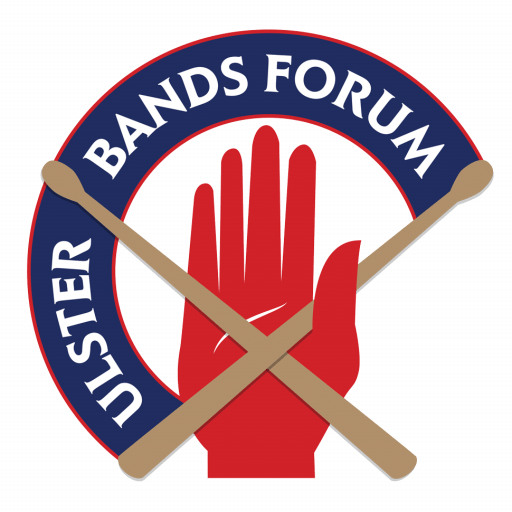The Battle of Newtownbutler is one of the forgotten fights of the Irish Jacobite Wars.
Fought before either the Boyne or Aughrim, Newtownbutler was relevant, not because of its size, but because it represented a turning point in the war.
Until that time the conflict remained fluid and there was still a degree of uncertainty as to what would occur in Ireland.
Before the battle, the Irish held their first Parliament, rallied under the deposed James II against anticipated invasion from William III, and tried to strengthen their position despite the protracted siege at Londonderry and the problems in the south of Ulster, which had centred on a small island town, known as Enniskillen.

In the summer of 1689, Enniskillen still held out against the Jacobite advance, a rallying-point and a great nuisance to their lines of communication. The local Protestant population had organised a formidable armed military force.
They had ignored an order from Robert Lundy that they should fall back to Londonderry, and instead operated with Enniskillen as a base, carrying out raids against the Jacobite forces.
Crom Castle, a Williamite outpost is almost 20 miles from Enniskillen by road and about 5 miles from Newtownbutler. The Castle had been under a previous Jacobite siege in early 1689, led by Lord Galmoy which was defeated by a relieving force commanded by Enniskillen’s Governor, Gustavus Hamilton.
On 28 July 1689, the second siege was under command of the Jacobite Lieutenant General the MacCarthy Mor (Lord Mountcashel). Having received orders to pinch out the town, his Jacobite army of about 3,000 men, advanced on them from Dublin. Mountcashel’s force encamped near Enniskillen and again laid siege to Crom Castle to the south-east of Enniskillen.
Colonel Wolseley was in overall command of the Inniskillener-men as Governor Hamilton was indisposed through illness. Wolseley immediately sent for some 400-500 reinforcements from the garrison at Bundoran. His subordinate, Lieutenant Colonel Berry, was deployed with a small force to garrison Lisnaskea.
Berry encountered a force from the besiegers at Donagh and, as he assessed the Jacobite numbers to be double his force’s strength, he withdrew about one mile back through Lisnaskea and requested assistance from Wolseley.
Berry positioned himself at the remote end of a narrow pass which ran through a bog. He chose this ground to deploy his force and await the enemy force led by the Jacobite Colonel Anthony Hamilton.

But the enemy arrived on the morning of 31 July before reinforcements from Wolseley could arrive. Berry’s force had to open fire on the advancing enemy and his choice of location and careful deployment of crossfire and ambush groups soon defeated the attack. Hamilton was wounded and his second in command killed. The Jacobite force then retreated at a cost of 200 killed and 30 taken prisoner.
Mountcashel’s main force then abandoned their siege of Crom and, later that day, advanced to meet Wolseley’s Inniskilling force. Mountcashel unwisely took up a position at the end of a narrow causeway running through a bog bout a mile south of Newtownbutler.
The Williamite force got their blow in first with the Inniskilleners foot regiments advancing through the bog. The Jacobite cannon initially prevented the Inniskilleners’ horse from advancing along the road but they were able to proceed once the foot regiments had seized the enemy cannon.
As the Inniskillen horse joined the battle, the enemy horse abandoned their foot regiments and galloped off towards Wattlebridge. Soon, their foot regiments fled and the Battle of Newtownbutler was over.
The Jacobite force’s casualties amounted to 2,000 killed, 500 perished in Lough Erne and 400 taken prisoner, most of whom were officers, including the Jacobite commander, Lieutenant General Mountcashel. Mountcashel was wounded by a bullet and narrowly avoided being killed. He later escaped from Enniskillen.
Though heavily outnumbered, the Williamite forces carried the day, taking all the Jacobite guns and capturing their commander.

It was the most significant defeat yet imposed on King James’ army and it was the start of the turn of the tide.
The Williamite victory at Newtownbutler ensured that a landing by the Duke of Schomberg in County Down in August 1689 was unopposed.
The battle is still commemorated by the Orange Order in Ulster, and is mentioned (as Enniskillen) in the traditional unionist song, “The Sash”.
It was this battle that is the origin of the ‘Castle’ worn on the collars of The Royal Inniskilling Fusiliers, their successors The Royal Irish Rangers and today, The Royal Irish Regiment.


Pardon my ignorance but where is this battle mentioned in the sash ?
It isn’t directly referenced – but the Enniskillen in the song lyrics refers to this battle
71 years old and still learning. Thank you.